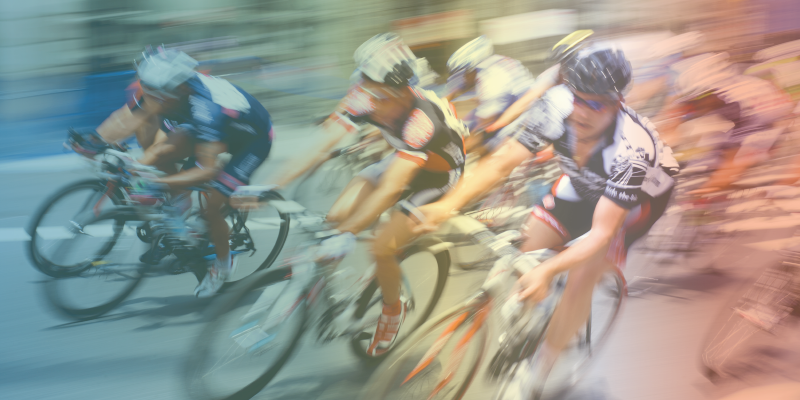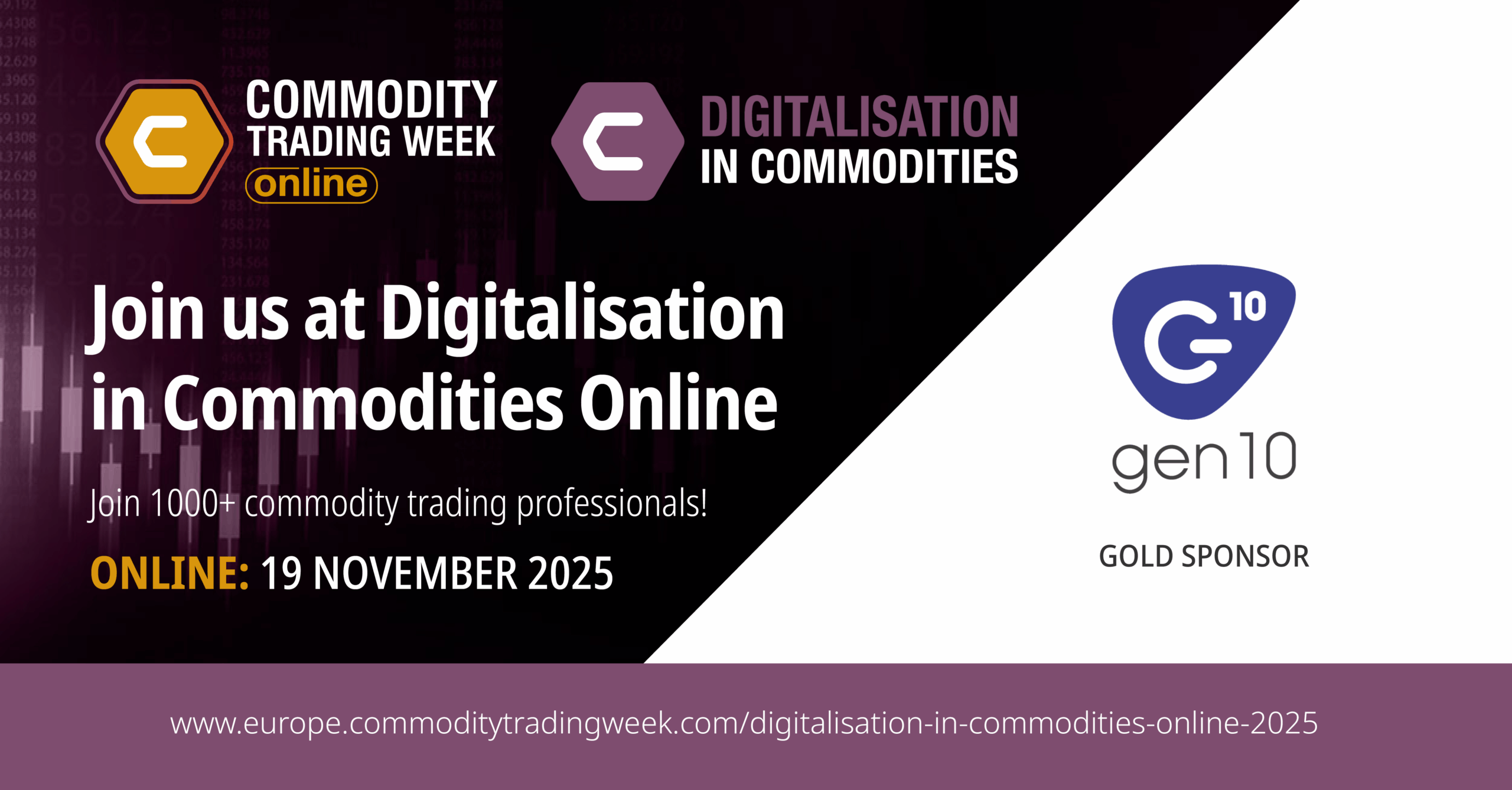The concept of identifying and delivering cumulative marginal gains as a winning strategy in sport was popularised by the Sky Cycling Team, under the management of Sir Dave Brailsford. The exceptional and sustained success of both Sky in the Tour de France / Grand Tours and Team GB Cycling in recent Olympics was built upon delivering small marginal gains in every aspect of a cyclist’s performance and the equipment used to deliver it. It is the sum of these marginal gains that provides the winning edge rather than any single “silver bullet” improvement in one factor.

Performance improvements are driven by the capture, analysis and monitoring of multiple data sets covering critical fitness metrics, bicycle aerodynamics and design, cycling clothing, diet, sleeping routines to name but a few. Controversially in the case of Sky it included pushing the use of TUEs, for prescribed drugs for allowed medical conditions in competition, to their limits. Brailsford’s quip that “Our wheels are rounder than the French wheels” was said tongue in cheek, but the point is about attention to detail. The margins of victory in the Grand Tours have narrowed significantly since drug testing procedures and oversight have improved. Of course, big budgets and the best talent are important but it is the marginal gains that count. The sum of small marginal gains delivered early can produce large cumulative impacts. It is the use of data sensing, measurement, analysis and their conversion into a series of discrete cumulative performance improvements that has delivered sustained success.
Whilst Brailsford and Sky have popularised this concept in sport, Formula One and top-level sailing – think Americas Cup – were using sophisticated data-driven analytics more than two decades ago. It is no coincidence that physics, aeronautic analytics and wind tunnel testing are common to both sports. The data revolution in sport started here because the best data, biggest budgets and scientific resources were deployed here first. All other sports have lagged behind and the most traditional and conservative are only just beginning to address the data analytics and marginal gains challenge, rugby union being a good case in point. Formula One probably leads in its ability to use sophisticated telemetry to monitor every aspect of the car’s performance and then provide real time and easily actionable inputs to the team and its driver in real time. The overall performance of the team or individual (cyclist / driver) is determined by the ability of the team squeeze out and make accessible each identified marginal gain.
So how is the strategy of data-driven cumulative gains in the sports arena relevant to the world of commodity supply chains, CTRM, Apps, dApps and APIs?
Commodity supply chains are highly complex, idiosyncratic, data rich but traditionally analysis poor and inefficient. Supply chains are a series of discrete operations from field to plate, mine to car, oil well to engine, with each operation having the potential to be more efficiently executed by using data and technology to make better, faster decisions and replace antiquated paper and human activities with automated digitally-executed processes.
In sport the margin of victory is increasingly thin as competitors adopt similar strategies; the rock star cyclist cannot win without the right processes and team to deliver them. Likewise in commodity trading and commodity supply chains, margins are compressing and becoming wafer-thin. For any commodity trader or consumer, never has the need for incremental efficiency gains and cost reductions in every discrete transaction of a commodity supply chain been more vital.
Take the example of base metals. The work we have done in this space is a great illustration of the general case described.
Our clients are feeling the pain of tightened margins, more complex transactions, operational risk, volatility and digitalisation. Monolithic CTRM solutions have generally not delivered what was promised at much higher cost than budgeted, including expensive frustrating implementation programmes, and where marginal gains in discrete parts of the operational chain are hard to identify.
Gen 10’s approach is to break down the CTRM offering into discrete set of apps, each one focused on solving the specific operational issue more efficiently. This is equivalent to specific marginal gains in a sport.
Our focus has always been around efficiencies in the day-to-day tasks of a merchant or insurer. The marginal gains delivered by pre-approvals, alerts, contract templates, digital approvals & signatures, automated document creation and email integration all add together make a significant impact. For example, the integration of technology, processes and people provided by Gen10 allows clients to close their month-end accounts in a day.
The cumulative impact of incremental gains leads to a step-change in organisational efficiency, control and opportunity; delivering results far beyond the sum of the individual improvements. This is the promise of blockchain. And Gen10 is delivering on that promise. The technology we are developing with the asap:NOW blockchain consortium creates massive efficiencies, better controls and trade opportunities as well as tackling fraud.
With our first blockchain app, repo:NOW, the integration of merchants’, warehouse operators’ and banks’ processes has reduced the cycle of a repo trade from days to minutes while adding measures of control regarding the financing and title transfer of goods for shipment. There will be dozens more apps like this to come, all delivering real-world stand-alone solutions that combine to create significant collaborative gains.
As in competitive sport, the winners in commodity trading and supply chains will be those companies that can deliver digitally-powered marginal gains in every facet of their business.
At Gen10 we make this happen by the practical application of our Apps, dApps and APIs so that our clients and their trade partners “Work Better. Together.”


